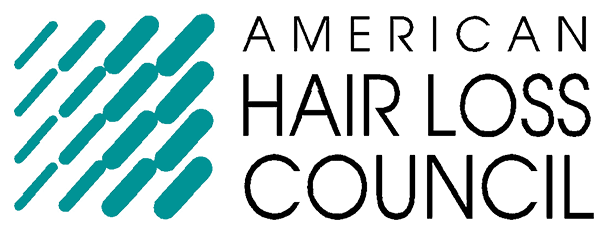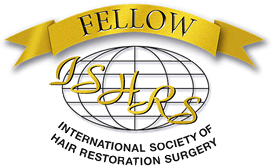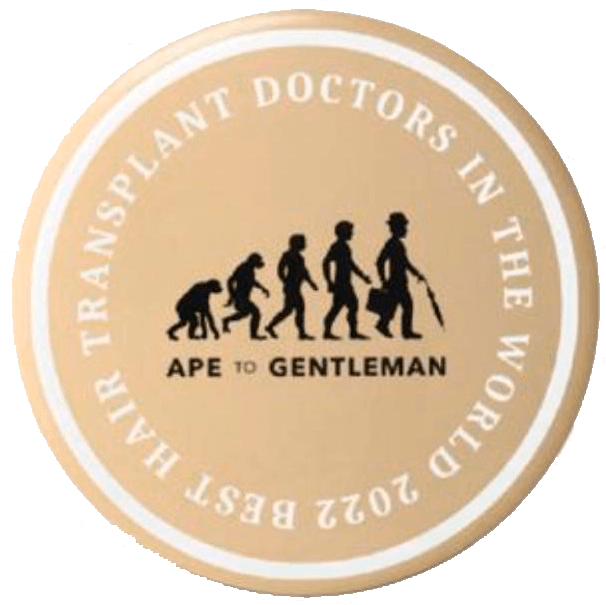LLLT Mechanisms; Laser Therapy Mechanisms
The Mechanisms of Low Level Laser Therapy
Author: Kevin Slattery, MD
Although it is not very well understood many theories have been postulated about the mechanism of action for low level lasers. Much research has been done in the areas of pain management, wound healing, and nerve regeneration, but little is known about the exact mechanism of action and the physiological changes occurring at the cellular level.
In the literature, the three most often encountered theories are:
Bioluminescence theory – according to Russian researchers, DNA replication emits light at 630 nm. Since this is very close to the wavelength of the He Ne-laser light, it is postulated that laser may accelerate DNA replication via photic stimulation. Laser irradiation at this frequency is said to be non mutagenic since it is not in the range to alter the genetic program by affecting chromosomal ultra structure. The latter is more likely to occur at ultra-violet light irradiation at 300 to 400 nm.
Cellular oscillation theory – the laser beam carries electromagnetic oscillations of definite frequency. When it reaches the tissues the electromagnetic oscillations gradually “swing and excite” single cells. This is thought to eventually intensify the biochemical processes that ultimately regulate the performance of various vital organs. Soviet scientists go on to say that the cell itself begins to emit light similar to the rays of the laser, when the resonance sets in.
Biological field theory – connections between tissues and organs in the intact organism are not limited to humeral effects and nervous control mechanisms alone. Rather, there exist unique around every cell, tissue and organ and higher structural levels (organism, organ) exerting a normalizing influence on lower levels (tissue cells). The resonance effect of the low power laser is thought to restore the normal energetic status of the organism, that is, restore its normal physiological state.
All three theories share the basic premise that laser causes activation in the cell, which in turn leads to an intensification of the biochemical processes. It is within this context that the Arnat-Schulz law becomes important with respect to low power laser application.
This biological law states that “weak stimuli excite physiological activity, moderately strong ones favor it, strong ones retard it and very strong ones arrest it.”
More recently, however, in the last decade or so, many advances have been made to support these observations and increase our knowledge of how low level lasers work. For example, T.Karu, H.Klima, J.Oschman, and others have recently expanded and contributed to earlier work done on cellular amplification by Nobel laureate Gilman in 1994. According to Oschman, the current understanding of the cellular signaling cascade and amplification is that the receptors on the cell surface are the primary sites of action of low frequency electromagnetic fields. It is at this receptor that cellular responses are triggered by hormones, growth factors, neurotransmitters, pheromones, antigens, or a single photon. Membrane signals closely associated with the receptors, such as adenylate cyclases and G proteins, are considered secondary messengers that couple a single molecular event at the cell surface to the influx of a huge number of calcium ions. Calcium ions entering the cell activate a variety of enzyme molecules and can produce a cascade of intracellular signals that initiate, accelerate, or inhibit biological processes. These enzymes, in turn, are catalysts and since catalysts are not consumed by reactions they can act again and again until calcium levels drop back to pre-stimulation levels. The frequency of the stimulus is also crucial. and will be discussed later. For example, separate studies of lymphocytes stimulated with a mitogen showed that a weak 3Hz pulsed magnetic field sharply reduced calcium influx, while a 60 Hz signal, under identical conditions, increased calcium influx.
In her study “Changes in absorbance of monolayer of living cells induced by laser radiation at 633, 670 and 820 nm” reported in Selected Topics in Quantum Electronics. 2001; 7 (6): 982-988.Karu’s results obtained evidence that cytochrome c oxidase becomes more oxidized (which means that the oxidative metabolism is increased) due to irradiation at all wavelengths used. The results of present experiment support the suggestion (Karu, Lasers Life Sci., 2:53, 1988) that the mechanism of low-power laser therapy at the cellular level is based on the electronic excitation of chromophores in cytochrome c oxidase which modulates a redox status of the molecule and enhances its functional activity. . A cascade of reactions connected with alteration in cellular homeostasis parameters (pHi, [Cai], cAMP, Eh, [ATP] and some others) is considered as a photosignal transduction and amplification chain in a cell (secondary mechanisms).
H.Klima further discusses the Biophysical aspects of low level laser therapy from two points of view: from the Electromagnetic and the Thermodynamical point of view. From the electromagnetic point of view, living systems are mainly governed by the electromagnetic interaction whose interacting particles are called photons. Each interaction between molecules, macromolecules or living cells is basically electromagnetic and governed by photons. For this reason, we must expect that electromagnetic influences like laser light of proper wavelength will have remarkable impact on the regulation of living processes. An impressive example of this regulating function of various wavelengths of light is found in the realm of botany, where photons of 660 nm are able to trigger the growth of plants which leads among other things to the formation of buds. On the other hand, irradiation of plants by 730 nm photons may stop the growth and the flowering. Human phagocyting cells are natively emitting light which can be detected by single photon counting methods. Singlet oxygen molecules are the main sources of this light emitted at 480, 570, 633, 760, 1060 and 1270 nm wavelengths. On the other hand, human cells (leukocytes, lymphocytes, stem cells, fibroblasts, etc) can be stimulated by low power laser light of just these wavelengths.
From the thermodynamical point of view, living systems – in contrast to dead organisms – are open systems which need metabolism in order to maintain their highly ordered state of life. Such states can only exist far from thermodynamical equilibrium thus dissipating heat in order to maintain their high order and complexity. Such nonequilibrium systems are called dissipative structures proposed by the Nobel laureate I. Prigogine. One of the main features of dissipative structures is their ability to react very sensibly on weak influences, e.g. they are able to amplify even very small stimuli. Therefore, we must expect that even weak laser light of proper wavelength and proper irradiation should be able to influence the dynamics of regulation in living systems. For example, the transition from a cell at rest to a dividing one will occur during a phase transition already influenced by the smallest fluctuations. External stimuli can induce these phase transitions which would otherwise not even take place. These phase transitions induced by light can be impressively illustrated by various chemical and physiological reactions as special kinds of dissipative systems. One of he most important biochemical reaction localized in mitochondria is the oxidation of NADH in the respiratory chain of aerobic cells. A similar reaction has been found to be a dissipative process showing oscillating and chaotic behavior capable to absorb and amplify photons of proper wavelength. A great variety of experimental and clinical results in the field of low level laser therapy supports these two biophysical points of view concerning the interaction between life and laser light.
–Kevin Slattery, M.D.
Acetylcholine is released from a motor nerve. This causes an entry of calcium into the muscle cell.
Calcium activates phosphorylase kinase – the first protein kinase discovered by Fischer and Krebs.
Phosphorylase kinase phosphorylates phosphorylase, which is activated
Glycogen is broken to glucose. This is used to generate ATP
The muscle works and requires energy in the form of ATP
The muscle contains muscle cells
Contractile proteins in the muscle are activated by calcium










